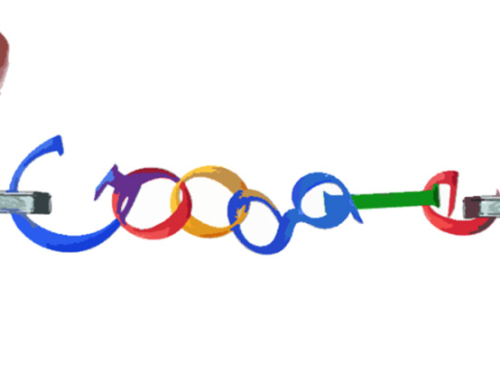As one year ends another begins and with that cyclical process comes the inevitable human desire for change. More goals to lose weight. Further desire to finally take that much needed holiday. Minds of millions will be pondering on how they can improve themselves across the world. Inspirational videos on change and determination will bombard social media networks.
Though the gym will become less crowded within two months subsiding to its usual attendance level of dedicated weight lifters and many folks will become too busy to take a life changing holiday, this doesn’t mean a business shouldn’t adjust their goals and participate in the new year buzz. This is the moment to recognise upcoming opportunities and challenges in 2016 to grow its market share and truly personalise its consumer content. Below are a few trends to consider when tailoring your market strategy for the new year.
Messaging Platforms vs. Broadcast Social Media Networks
Gone are the simple days of blasting advertisements and promotional videos to a customer base via Facebook feed posts and Twitter handles. A growing trend in digital marketing is the desire for personalised one to one messaging content. Facebook has marked a significant decrease in the number of feed posts occurring daily while the growth of messaging platforms is expected to grow even further than the typical social media markets.
The difficulty with this trend arises in the form of balancing genuine ways to fit a company’s brand into a messaging platform strategy without becoming overbearing on the consumer base. It is a fine line to walk even more complicated by the fact that Facebook Messenger and WhatsApp, the two largest western messaging platforms, don’t afford any options to advertise via their platforms.
Ad-blocking is gaining momentum
Nothing is more annoying than watching a video or reading an article when halfway through you’re interrupted by an advertisement. Recognising this frustration, Apple has recently joined the fight against disruptive advertisements by adding momentum to the ad-blocking movement. As a byproduct of this movement, ad-blocking software has increased significantly in an attempt to remedy the annoyance.
What does this mean for digital advertising? Simply pushing advertisements will most likely become a thing of the past. Instead, digital marketing strategies will need to consider a more finessed approach taking into consideration the consumer experience on that platform.
Integrated digital marketing strategies are critical
There are so many platforms to choose from when developing an online marketing strategy. YouTube. Facebook. Twitter. Instagram. Vine. Tumblr. Not only does a company need to decide on which platforms are appropriate for their use, arguably more importantly it needs to decide how the advertising will flow AMONGST each platform. Companies can no longer view each platform as a separate marketing niche, but instead needs to focus on an integrated approach.
Advertisements should flow from each platform easily without any compatibility issues which complicates the entire process. What starts as a formatted YouTube video will need to expand to Facebook and remain compatible for optimal effectiveness. A single video needs to traverse the social media platforms with ease to reach an optimum level of consumer base.






